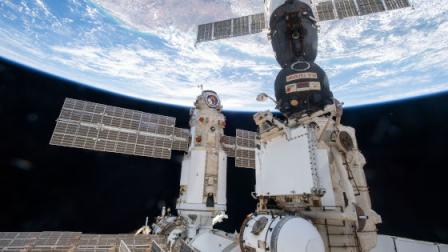LiveScience reports on a recent hearing of the US House Space and Technology Subcommittee about the future of the International Space Station. The full hearing can be viewed here.
In addition to being old and wonky, the US's working relationship with Russia has soured since the ISS's launch. Last month the station spun 540 degrees after a Russian module misfire and NASA is still in the dark about many of the details. Two decades ago Russia was generally much more cooperative and likely would have shared all information about the incident.
Separate to this, Russia has spoken of constructing their own station and have been in talks with China about pursuing partnerships in space.
A case was made for privatisation. Presently the ISS costs NASA $3 billion to $4 billion per year with potential savings of up to $1 billion if NASA instead paid to conduct research on commercial outposts, after fostering their development.
But is that comparison fair and meaningful?
As this article details, the ISS is old, unwieldy and cohabited by a belligerent party. Any replacement using present day technology and fully under US control could have similarly significantly reduced running costs, eg. NASA owned and operated research outposts which could also be rented out to commercial entities.
The yearly running cost savings also rely on NASA first helping private businesses to establish low orbit outposts and are qualified with the all important "up to" meaning a best case scenario.
[ Main image: Nauka docks to the Zvezda service module. Credit: NASA. ]
References
Bartels, Meghan (September 26, 2021). Congress to NASA: What comes after the International Space Station? LiveScience.com.
Subcommittee on Space and Aeronautics (September 21, 2021). NASA’s Future in Low Earth Orbit: Considerations for International Space Station Extension and Transition. US House of Representatives.
- Log in or register to post comments








